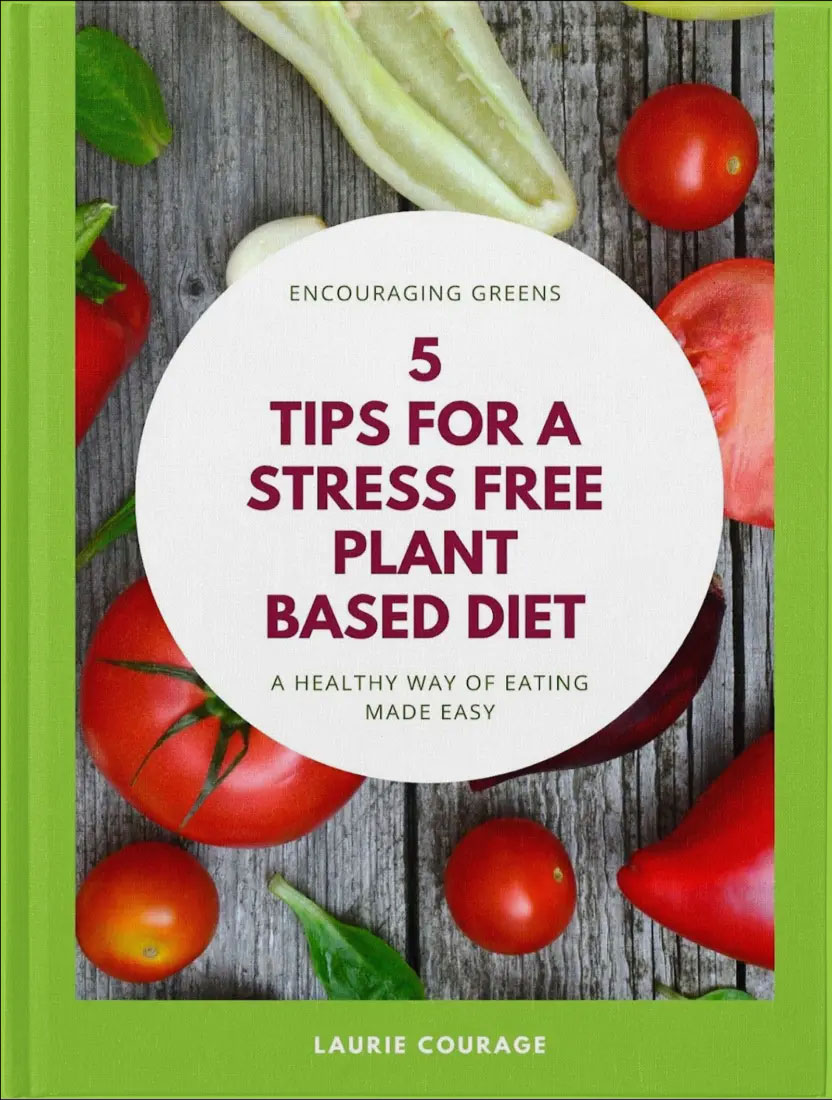It seems so easy.
With so many ready-to-eat processed foods labeled as ‘healthy’, even plant-based packaged foods, it is tempting to grab and go. It’s right there on the label.
But what if that was the problem.
I know what you may be thinking. This package has to be better than what I was eating before. It has less of the bad and more of the good. There are even some vegetables in this one.
All true. And often times, it may help to try some as a transition food to help clear the path for something better. But before we buy food that seems beyond what is possible, with familiar flavors impossible to imagine as plants, take a closer look at the ingredients.
Kitchen Chemistry Overhaul?
In a high school science class, I first heard the term ‘kitchen chemistry’. At that time, we were talking about simple ingredients, measuring out specific amounts, and making delicious results. Our focus was on bread rising, ingredients binding, the smoke point of oils, etc. All using single ingredient foods.
Fast forward to today. Look in your pantry and freezer. I am guessing there are very few foods that have 5 or less ingredients, and many with ingredients you can’t pronounce. What are they? In processed foods, they are often imitation versions of the flavors and nutrients that the manufacturer took out of the food while processing it, along with some secret ingredients they added to make us crave it more. If the label says ‘natural flavors’, which is unregulated, that itself is full of secret ingredients.
Where to start? Cook simply and simply cook.
- Get back into the kitchen.IMHO, you can’t eat out all the time and get/stay healthy.
- Know your ingredients. Read food labels, especially for those things you eat often.
- Find healthier swaps. Spin all the cans around when you shop and read!
- Buy more things without food labels (produce as grown) and less processed.
What is something easy you can do to ensure that you are eating clean?
Life is not perfect and neither are we. On this journey toward better health, and especially healthy aging, it’s important we have a compass and know the direction we are moving in.
- Good: Buy frozen veggies with no other ingredients. You decide if you want to add any sauce and, if so, make your own. Canned usually has lots of added sodium.
- Better: Get your veggies at your local farmers market or CSA
- Best: Grow your own
ps. Short cuts may help you arrive quickly, but are not always the best path and can be a dead end. Whenever possible, try for simply cooking simple ingredients instead.

